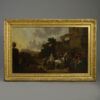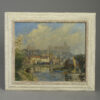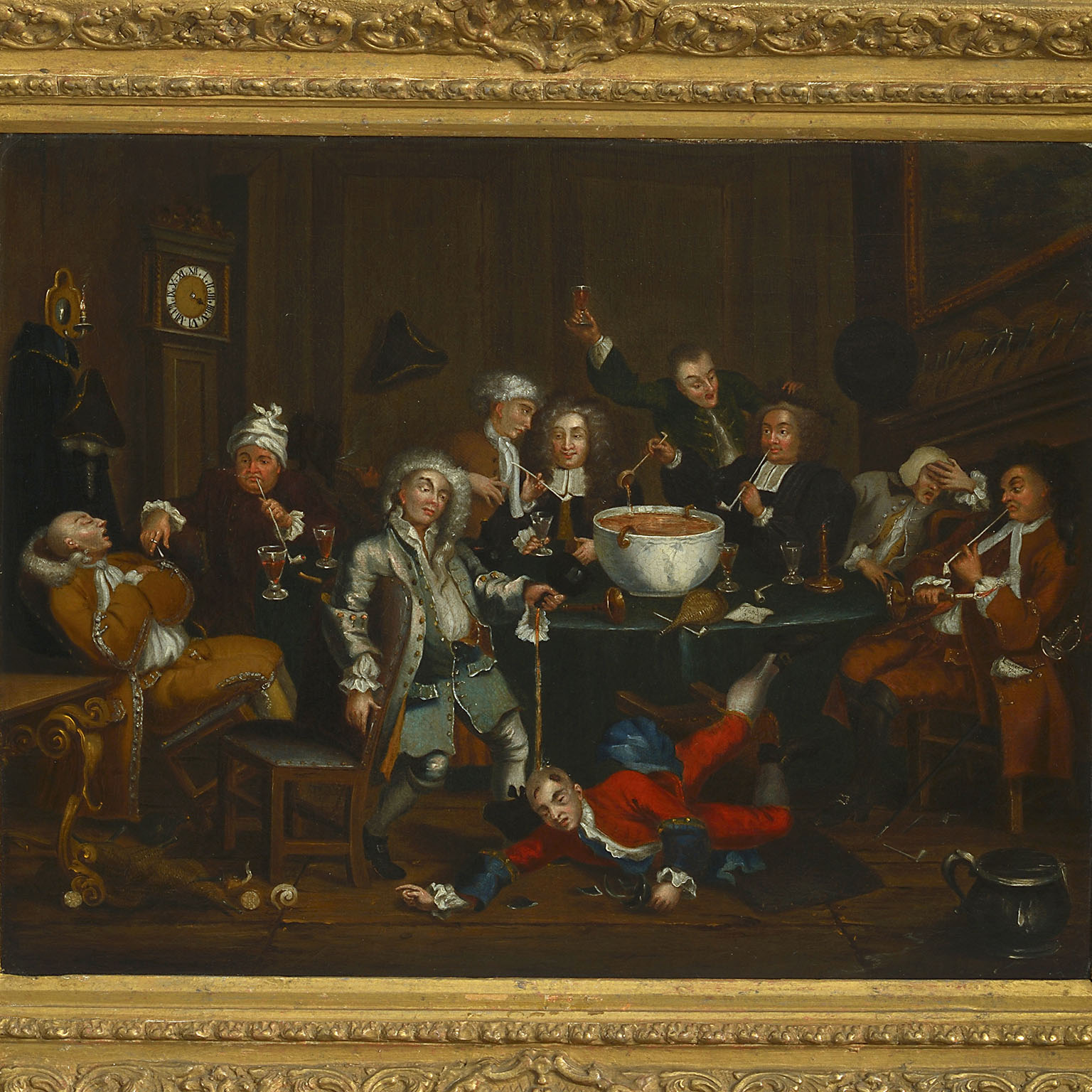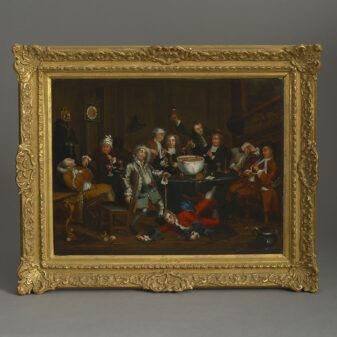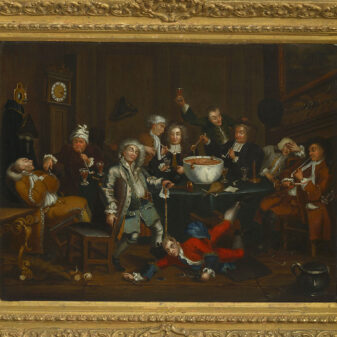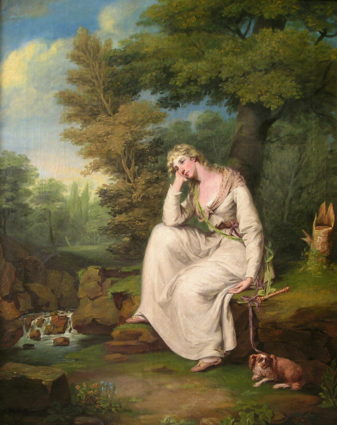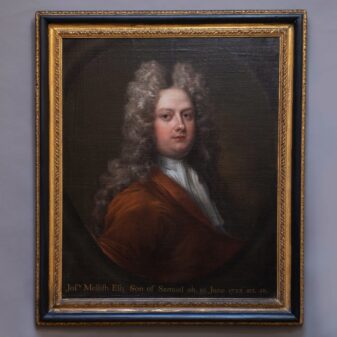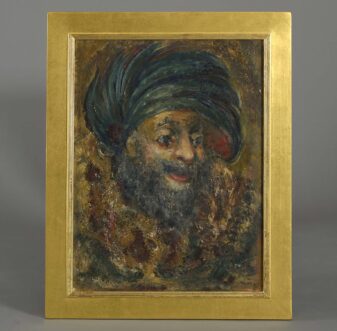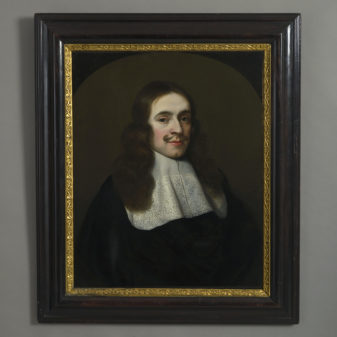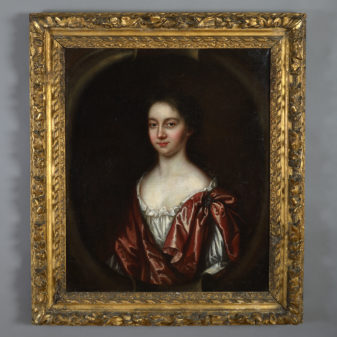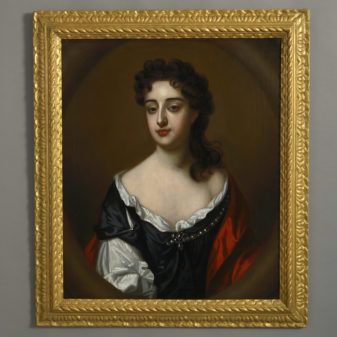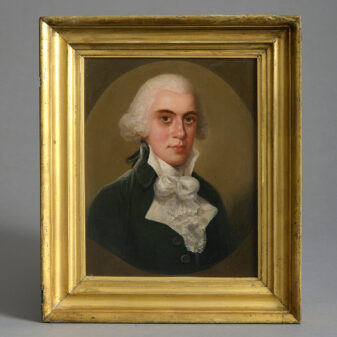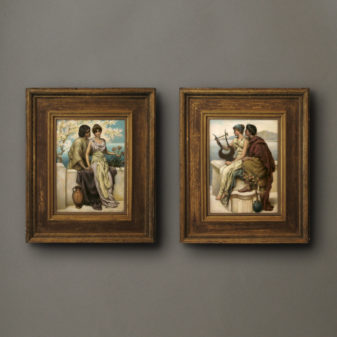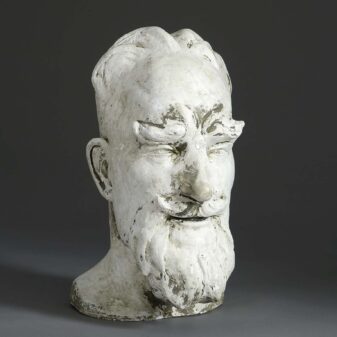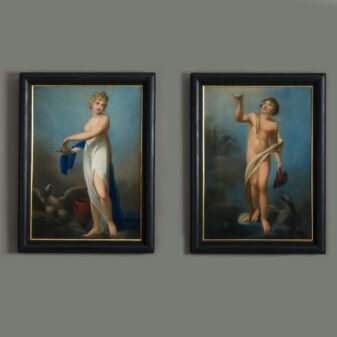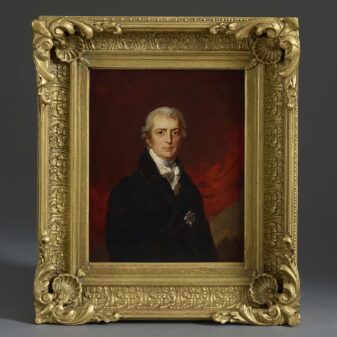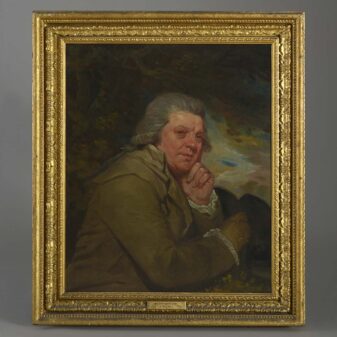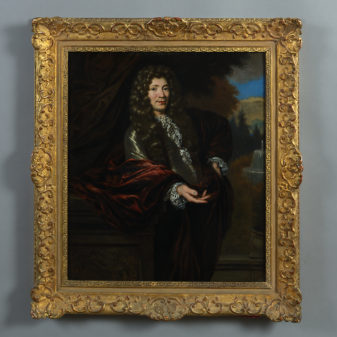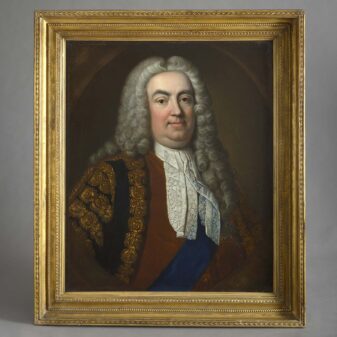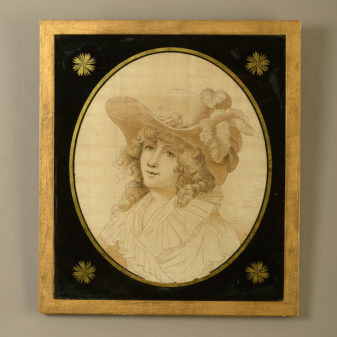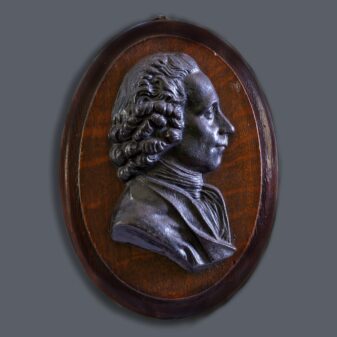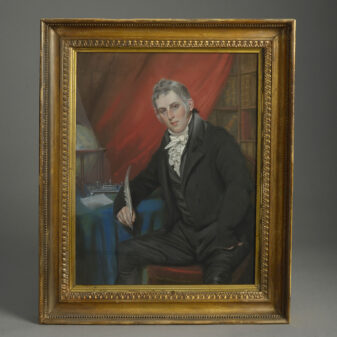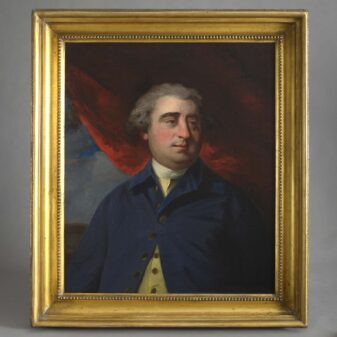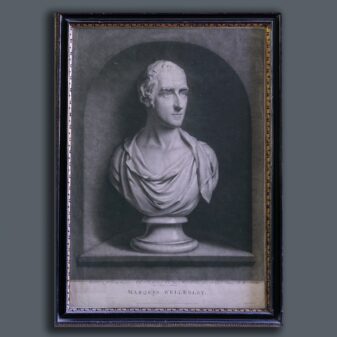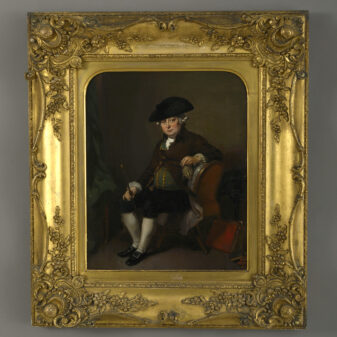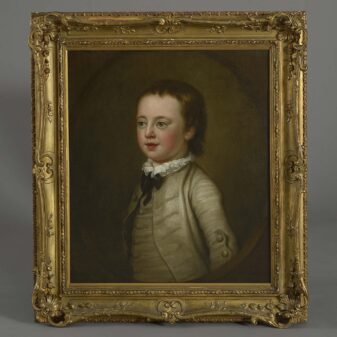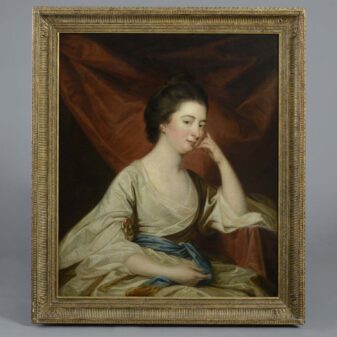Circa 1740 England
After William Hogarth – A Midnight Modern Conversation
£6,500
SOLD
Height 20 inches (51 cm)
Width 24 inches (61 cm)
Depth 1 3/4 inches (4.5 cm)
After William Hogarth
A Midnight Modern Conversation
Oil on canvas; held in a period style frame.
Dimensions refer to outer size of frame.
William Hogarth’s ‘A Midnight Modern Conversation’ was one of his most popular earlier works and a superb example of the influence of Dutch genre painting on the artist. Indeed the many pirated engraved copies contributed to the rapid increase of Hogarth’s fame in Europe, particularly in France and Germany. For a time the original painting was considered to be that which is in the collections at Yale, but opinion has changed and as such the original is now considered lost.
Unlike the version at Yale the painting presented here derives directly from Hogarth’s own engraving of the subject published in 1733, and is extremely faithful to the original print in both composition and size. The artist has been quite detailed and thorough in his rendition, evoking well the Hogarthian characteristics of the assembled company and presenting us with a picture probably as close as possible to Hogarth’s original oil.
The scene takes place in St John’s Coffee House, Shire Lane, Temple Bar, and portrays the final throes of a raucous evening of drinking, debate, and mild debauchery among a large group of men. The characters, exhibiting the various degrees of inebriation, are gathered around a large oval table and have been variously identified, with a number likely to have been Hogarth’s own friends and acquaintances. At centre, the broadsword fighter James Figg, present in a number of Hogarth’s scenes, has fallen from his chair, smashing the bottle he carries in his left hand. The gentleman who spills the contents of another bottle on the prostrate Figg is usually identified as Ranby, Hogarth’s doctor-friend. To the extreme right, a politician attempts to light his pipe with a candle stick, mistakenly setting alight his coat sleeve by mistake. The man next to him clutches at his face, either gripped by headache or in preparation to be violently sick onto the floor. At the centre back, four men gather around the punchbowl. The one idly ladling at the punch is likely the parson, Cornelius Ford, a cousin of Dr Johnson. At the far left, another friend of Hogarth’s, the bookbinder Chandler, sits in an attitude of melancholy, wearing a white turban and smoking a long pipe, while another, leaning back on his chair, has fallen asleep with his mouth open, his wig falling back to reveal his baldness. The scene is strewn with broken bottles and discarded pipes, whilst the clock and snuffed candles hint at the approaching dawn.
William Hogarth (1697-1764) was born in London in humble surroundings. After apprenticeship to a goldsmith, he began to produce his own engraved designs in about 1710. He later took up oil painting starting with small portrait groups and later going on to create a series of paintings satirising contemporary customs of which the first was The Harlot’s Progress and perhaps the most famous The Rake’s Progress. His engravings were so plagiarised that he lobbied for the Copyright Act of 1735, commonly referred to as ‘Hogarth’s Act,’ as a protection for writers and artists. During the 1730s Hogarth also developed into an original painter of life-sized portraits and created the first of several history paintings in the grand manner. He was much admired and other artists did well by copying his style and compositions.

